Home>Garden Essentials>What Is The Best Drought Tolerant Ground Cover


Garden Essentials
What Is The Best Drought Tolerant Ground Cover
Modified: March 7, 2024
Looking for the best drought-tolerant ground cover for your garden? Discover the top options for a beautiful and resilient landscape.
(Many of the links in this article redirect to a specific reviewed product. Your purchase of these products through affiliate links helps to generate commission for Storables.com, at no extra cost. Learn more)
Introduction
Welcome to the world of gardening, where beauty meets sustainability. In today’s article, we will explore the fascinating world of drought-tolerant ground cover options. As garden enthusiasts, we understand the challenges that come with maintaining a lush and vibrant garden, especially during periods of water scarcity.
With climate change causing more frequent and prolonged droughts, it is essential to choose ground cover plants that can thrive in such conditions. Drought-tolerant ground covers not only add aesthetic value to your garden but also help conserve water, reduce soil erosion, suppress weeds, and provide habitat for beneficial insects.
In this article, we will not only discuss different types of drought-tolerant ground cover but also provide valuable insights into their benefits, planting, and maintenance. So, whether you’re looking to revamp your garden or create a sustainable landscape, read on to discover the best drought-tolerant ground cover options.
Key Takeaways:
- Choose drought-tolerant ground cover based on water needs, soil type, sun exposure, growth habit, maintenance, drought resistance, and invasive potential for a thriving and sustainable garden.
- Drought-tolerant ground cover conserves water, controls soil erosion, suppresses weeds, supports biodiversity, enhances aesthetic appeal, and requires minimal maintenance for a resilient and eco-friendly garden.
Read more: What Is The Most Drought-Tolerant Grass Seed
Factors to Consider for Drought Tolerant Ground Cover
When choosing drought-tolerant ground cover for your garden, there are several factors to consider. Understanding these considerations will help you make an informed decision and ensure the success of your landscape. Let’s explore some of these key factors:
- Water Needs: One of the most critical factors for drought-tolerant ground cover is its water requirements. Look for plants that have low water needs and are adapted to arid or semi-arid climates. These plants are naturally equipped to survive with minimal irrigation.
- Soil Conditions: Consider the soil type and quality in your garden. Drought-tolerant ground covers should be able to thrive in well-draining soil as excessive moisture can cause root rot. If your soil is heavy or clay-based, you may need to amend it to improve drainage.
- Sun Exposure: Different ground covers have varying sun requirements. Some thrive in full sun, while others prefer partial or full shade. Assess the sun exposure in your garden and choose plants that match the lighting conditions.
- Growth Habit: Consider the growth habit of the ground cover plants. Are you looking for a low-growing carpet-like cover or taller, cascading plants? Choose plants that will fit your desired aesthetic and functional needs.
- Maintenance: Evaluate the maintenance requirements of the ground cover. Some plants may require frequent pruning or deadheading, while others are low-maintenance. Determine the level of care you are willing to provide and choose accordingly.
- Drought Resistance: Look for plants that are specifically known for their drought resistance. These plants have developed mechanisms to conserve water and withstand prolonged periods of dryness. Native plants are often a good choice as they are adapted to the local climate.
- Invasive Potential: Consider the invasive potential of the ground cover plants you are considering. Some species can be aggressive and spread rapidly, outcompeting native flora. Opt for non-invasive or well-behaved plants to maintain the ecological balance of your garden.
By considering these factors, you can narrow down your choices and select the most suitable drought-tolerant ground cover for your garden. Remember, it is always beneficial to consult with local gardening experts or nursery professionals who can provide guidance based on your specific climate and site conditions.
Types of Drought Tolerant Ground Cover
There is a wide variety of drought-tolerant ground cover options available, each with its own unique characteristics and benefits. Let’s explore some popular types of drought-tolerant ground cover plants:
- Sedum: Sedums are succulent plants that come in a range of shapes, sizes, and colors. They are known for their ability to store water in their fleshy leaves, making them highly drought-resistant. Sedums thrive in sunny locations and require minimal maintenance.
- Creeping Thyme: Creeping thyme is a low-growing ground cover that forms a dense mat of tiny leaves and produces delicate pink or purple flowers. It is highly drought-tolerant, thrives in full sun, and releases a pleasant fragrance when walked upon.
- Ice Plant: Ice plant, also known as Delosperma, is a vibrant and eye-catching ground cover that spreads quickly and produces colorful daisy-like flowers. It is well-suited for rocky or sandy soil and requires minimal water once established.
- Creeping Juniper: Creeping juniper is a tough and hardy ground cover that can tolerate a wide range of soil conditions. It is evergreen, providing year-round coverage, and its low-growing branches create a dense carpet-like effect.
- Ornamental Grasses: Ornamental grasses, such as fountain grass or blue fescue, can add texture and movement to your garden. These grasses are typically drought-tolerant and require little maintenance once established. They come in various heights and colors, allowing for creative landscaping possibilities.
- Creeping Phlox: Creeping phlox is a popular ground cover known for its carpet of colorful blooms in the spring. It is drought-tolerant, requires full sun to partial shade, and can spread quickly to fill in gaps in your garden.
- Thyme-Leaved Speedwell: Thyme-leaved speedwell is a low-growing ground cover with small, evergreen leaves and delicate blue flowers. It thrives in dry conditions and is an excellent option for rock gardens or well-drained soil.
These are just a few examples of the many drought-tolerant ground cover plants available. When choosing a ground cover, consider the specific needs and conditions of your garden to determine which plants will thrive and create the desired effect. Remember to research each plant’s characteristics, growth habits, and maintenance requirements to ensure a successful and visually appealing landscape.
Benefits of Drought Tolerant Ground Cover
Drought-tolerant ground cover plants offer a range of benefits that go beyond their ability to withstand dry conditions. Let’s explore some of the advantages of incorporating drought-tolerant ground cover in your garden:
- Water Conservation: Drought-tolerant ground cover plants are excellent water savers. By choosing these plants, you can significantly reduce your water consumption for gardening purposes. Their ability to thrive on minimal irrigation helps conserve water resources, especially in regions prone to drought.
- Soil Erosion Control: The dense growth habit of many ground cover plants provides excellent soil erosion control. Their roots help stabilize the soil and prevent erosion caused by heavy rain or wind. This is particularly beneficial on slopes or areas where soil erosion is a concern.
- Weed Suppression: Drought-tolerant ground covers can help suppress weeds and reduce the need for herbicides. By forming a dense carpet-like cover, they limit the exposure of bare soil, making it difficult for weeds to take root and grow. This natural weed control method saves time and effort in garden maintenance.
- Biodiversity Support: Drought-tolerant ground cover plants provide habitat and food sources for beneficial insects, birds, and other wildlife. They attract pollinators such as bees and butterflies, enhancing biodiversity in your garden. This promotes a healthy and balanced ecosystem and contributes to the overall health of your landscape.
- Aesthetic Appeal: Ground cover plants add visual interest and enhance the beauty of your garden. From colorful blooms to lush foliage, they offer a wide range of textures, colors, and forms that can complement other landscape elements. Drought-tolerant ground cover plants can create a vibrant and visually appealing garden even in challenging conditions.
- Low Maintenance: Once established, many drought-tolerant ground cover plants require minimal maintenance. They are often resilient and can withstand neglect better than other types of plants. This makes them an ideal choice for busy gardeners or those looking to create a low-maintenance landscape.
- Heat Mitigation: Ground cover plants can help reduce the temperature of the soil and surrounding areas, providing some relief during hot summer months. By covering the ground, they prevent excessive evaporation and reduce heat reflection, creating a more comfortable microclimate for plants and people.
By incorporating drought-tolerant ground cover in your garden, you can enjoy these benefits while cultivating a beautiful and sustainable outdoor space. Consider these advantages when selecting ground cover plants and reap the rewards of a resilient and eco-friendly landscape.
When looking for drought-tolerant ground cover, consider plants like sedum, ice plant, or creeping thyme. These plants require minimal water and can help conserve moisture in the soil.
How to Plant and Maintain Drought Tolerant Ground Cover
Planting and maintaining drought-tolerant ground cover is relatively straightforward, but it’s essential to follow a few guidelines to ensure their successful establishment and long-term health. Here are some steps to help you plant and maintain your drought-tolerant ground cover:
- Choose the Right Plant: Select drought-tolerant ground cover plants that are suitable for your climate, soil type, and sun exposure. Consider the height, spread, and growth habit of the plants to ensure they will fulfill your aesthetic and functional requirements.
- Prepare the Soil: Prepare the area where you plan to plant the ground cover. Remove any existing weeds or grass and loosen the soil to improve drainage. If the soil is heavy or clay-based, you may need to amend it with organic matter or sand to enhance its texture and drainage capabilities.
- Plant in the Right Season: Plant your drought-tolerant ground cover at the appropriate time. Ideally, choose the cooler months of spring or fall when temperatures are more moderate. This gives the plants time to establish their root systems before facing harsh summer conditions.
- Provide Adequate Water: While drought-tolerant ground cover plants require less water compared to other plants, they still need regular watering during the establishment phase. Water deeply but infrequently to encourage deep root growth. Once established, reduce irrigation and rely on natural rainfall or water only during extended dry spells.
- Mulch: Apply a layer of mulch around the base of your ground cover plants. Mulch helps conserve moisture, suppresses weed growth, and regulates soil temperature. Organic mulches like wood chips or straw are beneficial as they break down over time, adding nutrients to the soil.
- Pruning and Maintenance: Regularly inspect your ground cover plants for any dead or damaged growth and promptly remove it. Some ground covers may benefit from occasional pruning to maintain their shape or encourage denser growth. Pruning should be done during the appropriate time of the year for each specific plant.
- Fertilization: Drought-tolerant ground cover plants generally have low fertilizer requirements. However, you can provide a slow-release, low-nitrogen fertilizer in the spring to promote healthy growth. Avoid excessive fertilizer application as it can lead to excessive leafiness at the expense of flowering.
- Monitor for Pests and Diseases: Regularly inspect your ground cover plants for any signs of pests or diseases. Early detection allows for effective treatment. Keep an eye out for issues such as aphids, spider mites, or powdery mildew. Use organic pest control methods whenever possible to minimize environmental impact.
Following these steps will give your drought-tolerant ground cover plants the best chance of thriving in your garden. Remember to adjust your maintenance regimen based on the specific needs of each plant and the unique conditions of your garden. With proper care, your ground cover plants will provide long-lasting beauty and resilience to your landscape.
Read more: What Grass Is Most Drought-Tolerant
Popular Drought Tolerant Ground Cover Options
When it comes to drought-tolerant ground cover, there is an array of options available to suit different landscapes and preferences. Here are some popular choices that have proven their resilience and beauty:
- Silver Carpet (Dymondia margaretae): Silver Carpet is a low-growing ground cover that forms a dense, silvery-gray mat of foliage. It is highly drought-tolerant, thrives in full sun, and has yellow daisy-like flowers in the summer. It is ideal for Mediterranean-style gardens or coastal landscapes.
- Blue Star Creeper (Pratia pedunculata): Blue Star Creeper is a delicate, low-growing ground cover that produces tiny star-shaped blue flowers. It thrives in partial shade to full sun and is adaptable to various soil conditions. It spreads quickly and is excellent for filling gaps between stones or in rock gardens.
- Woolly Thyme (Thymus pseudolanuginosus): Woolly Thyme is a tough and resilient ground cover with soft, gray-green foliage. It produces small pink flowers in the summer and gives off a pleasant aroma when stepped upon. It is drought-tolerant, prefers full sun, and is a great option for pathways or between stepping stones.
- Creeping Rosemary (Rosmarinus officinalis ‘Prostratus’): Creeping Rosemary is a versatile ground cover with aromatic foliage that releases a delightful fragrance when brushed against. It prefers full sun and thrives in well-draining soil. It produces small blue flowers and is excellent for cascading over walls or as edging for garden beds.
- Creeping Jenny (Lysimachia nummularia): Creeping Jenny is a fast-spreading ground cover with vibrant chartreuse or golden foliage. It can tolerate both sun and shade but prefers some moisture in the soil. It is great for covering large areas and cascading over the edges of containers or hanging baskets.
- Golden Creeping Speedwell (Veronica repens ‘Sunshine’): Golden Creeping Speedwell is a low-growing ground cover with bright golden-yellow foliage. It produces small blue flowers in the spring and summer and is tolerant of various soil and light conditions. It is excellent for adding a pop of color to rock gardens or as an edging plant.
- Dwarf Liriope (Liriope muscari): Dwarf Liriope, also known as Lilyturf, is a grass-like ground cover with evergreen foliage. It tolerates shade well and produces spikes of purple or white flowers in the summer. It is an excellent choice for borders, mass plantings, or as a low-maintenance lawn substitute.
These are just a few examples of the many drought-tolerant ground cover options available. Each plant comes with its specific growth habits, colors, and maintenance requirements. Consider the specific needs of your garden and choose the ones that best suit your desired aesthetic and functional goals.
When selecting your drought-tolerant ground cover, also consider complementary plants, neighboring colors, and growth patterns to create a visually appealing and harmonious landscape. Remember to provide proper care, including regular watering during establishment, minimal maintenance, and occasional pruning to keep your ground cover looking its best.
Conclusion
In conclusion, integrating drought-tolerant ground cover plants into your garden not only adds visual appeal but also contributes to sustainable and water-efficient landscaping. By carefully considering factors such as water needs, soil conditions, sun exposure, growth habits, maintenance requirements, drought resistance, and invasive potential, you can select the best ground cover plants for your specific garden.
The benefits of drought-tolerant ground cover are manifold. They help conserve water, control soil erosion, suppress weeds, support biodiversity, enhance aesthetic appeal, and require minimal maintenance. These resilient plants thrive in challenging conditions, making them ideal for regions affected by water scarcity or areas where water conservation is a priority.
Remember to follow proper planting and maintenance practices when establishing your ground cover. Prepare the soil, select the right season for planting, provide adequate water during the establishment phase, mulch around the plants, and regularly inspect and maintain them to ensure healthy growth. Adapting these practices will contribute to the overall success and longevity of your ground cover plants.
With a wide range of drought-tolerant ground cover options available, you can create a beautiful and sustainable landscape that will thrive even in the face of water scarcity. Consider the unique characteristics and requirements of each plant, and blend them harmoniously with other elements of your garden to achieve the desired look and feel.
Embrace the beauty of drought-tolerant ground cover plants and transform your garden into a resilient and eco-friendly oasis. By choosing these water-wise options, you can make a positive impact on the environment while enjoying a vibrant and sustainable outdoor space for years to come.
Frequently Asked Questions about What Is The Best Drought Tolerant Ground Cover
Was this page helpful?
At Storables.com, we guarantee accurate and reliable information. Our content, validated by Expert Board Contributors, is crafted following stringent Editorial Policies. We're committed to providing you with well-researched, expert-backed insights for all your informational needs.
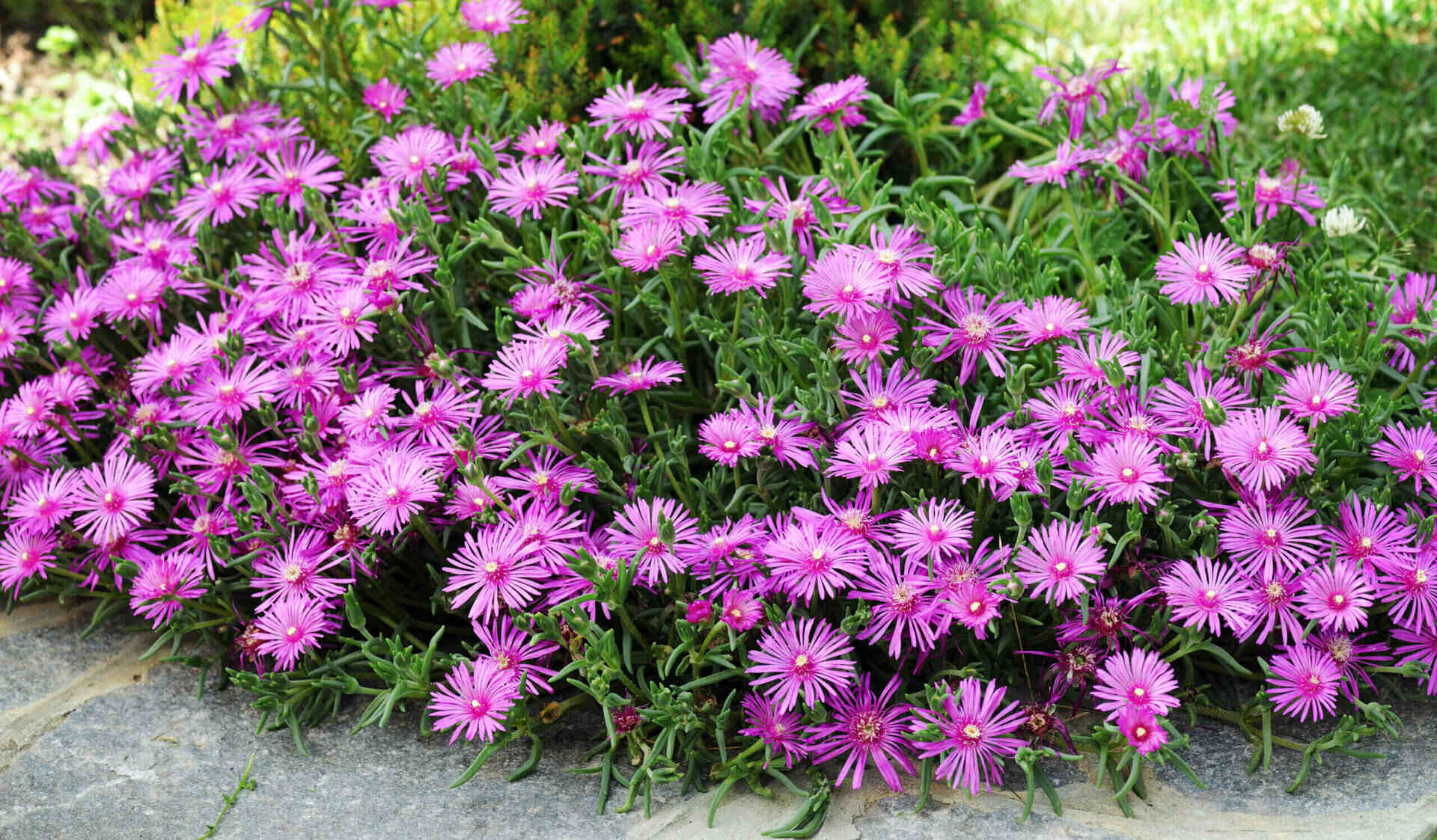
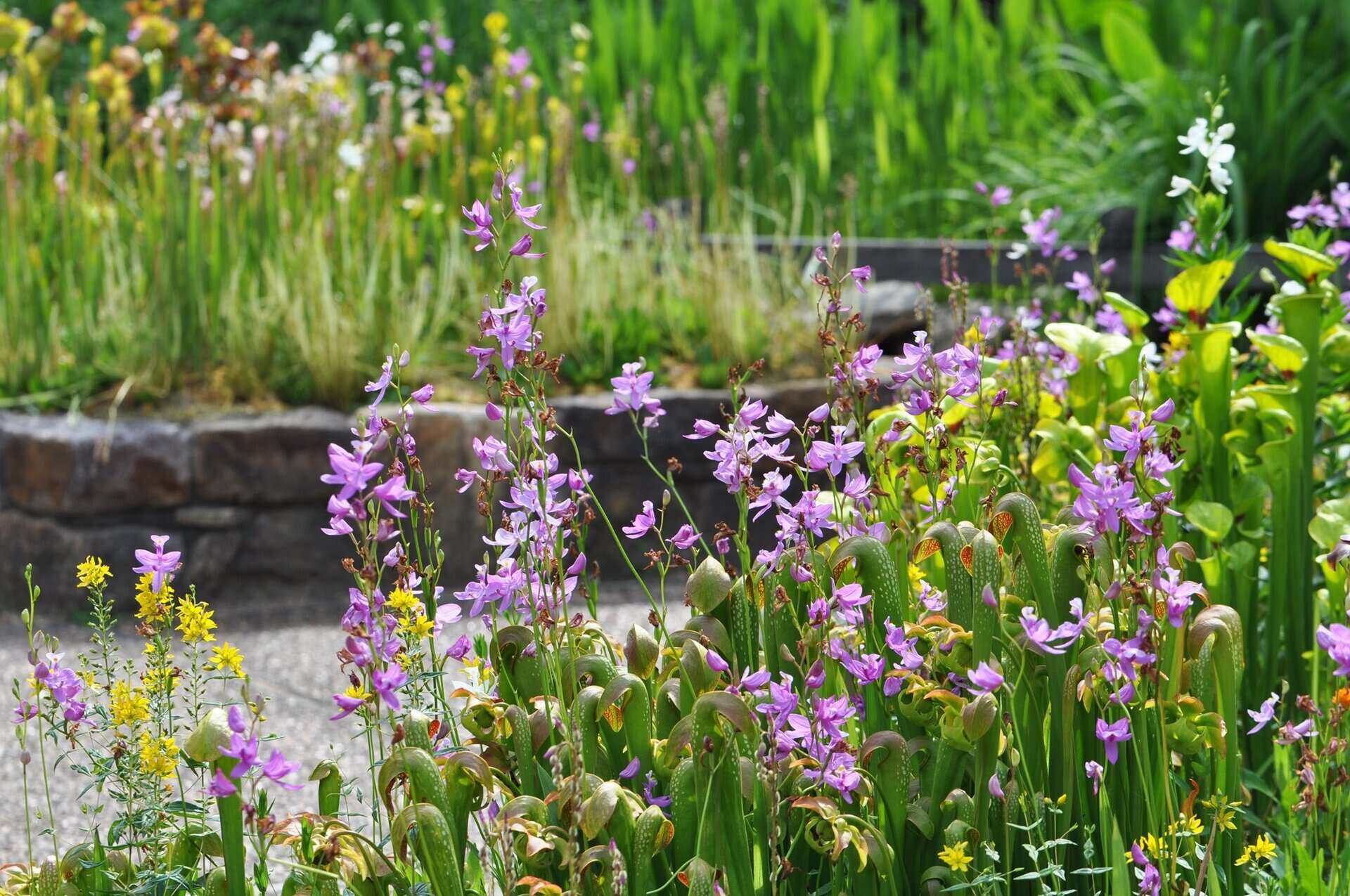
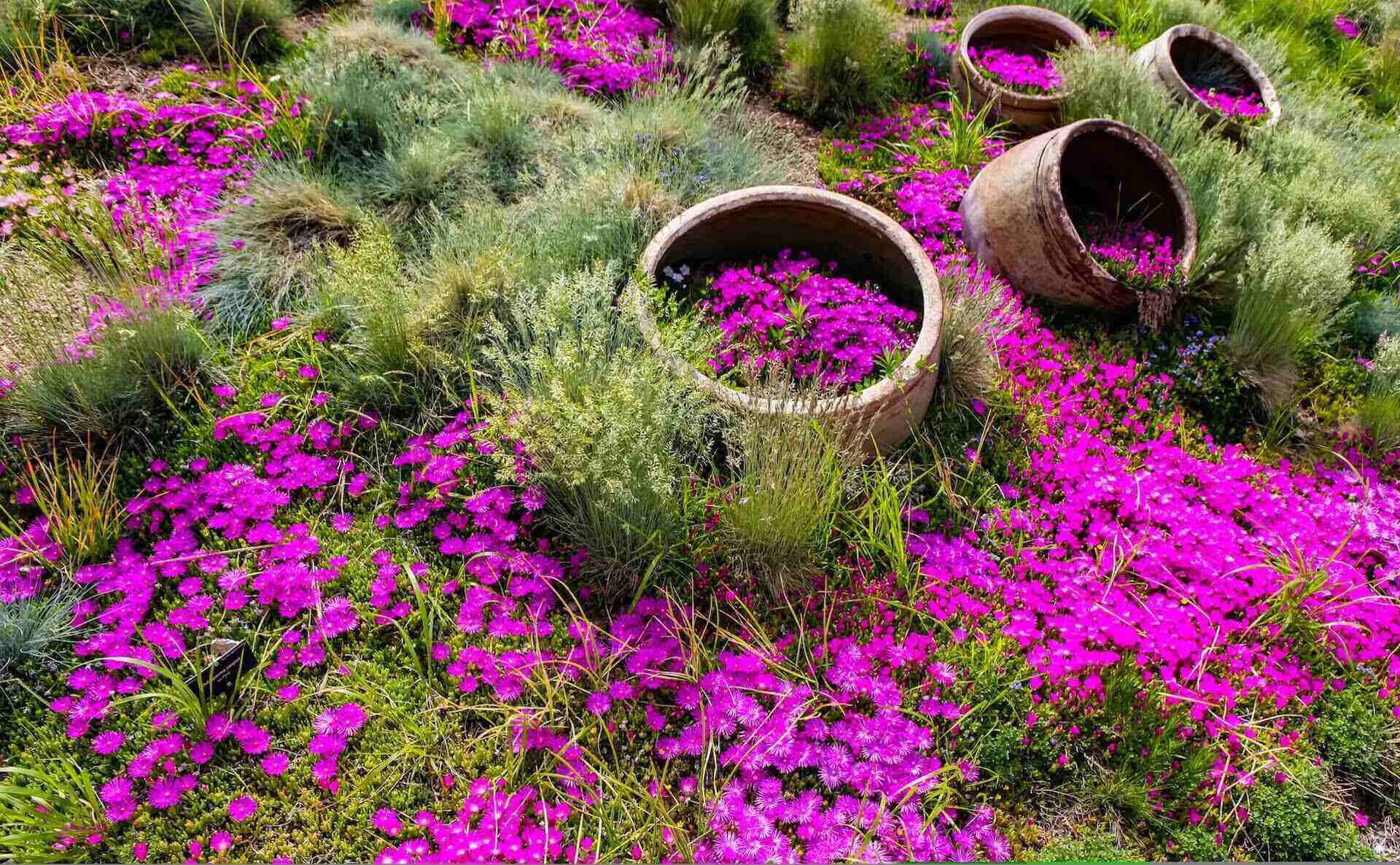


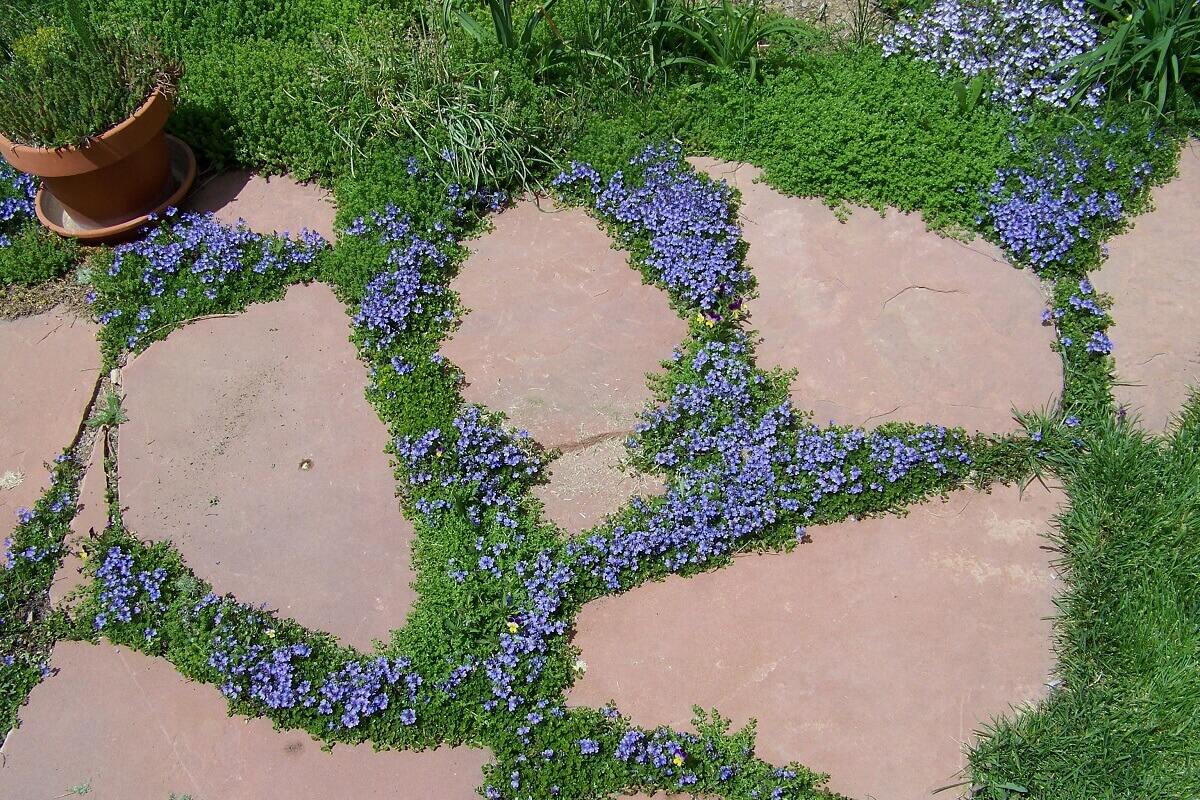
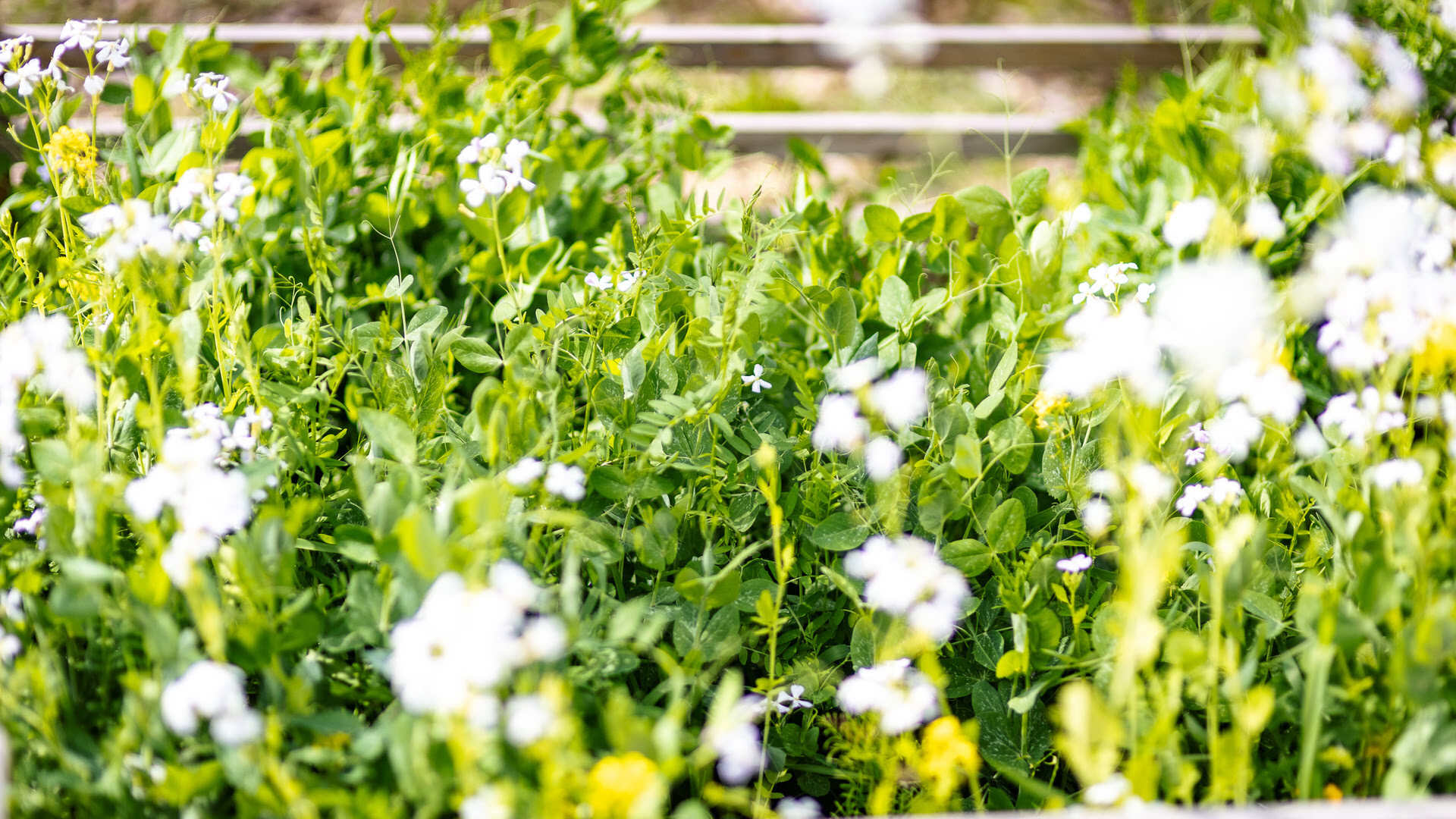
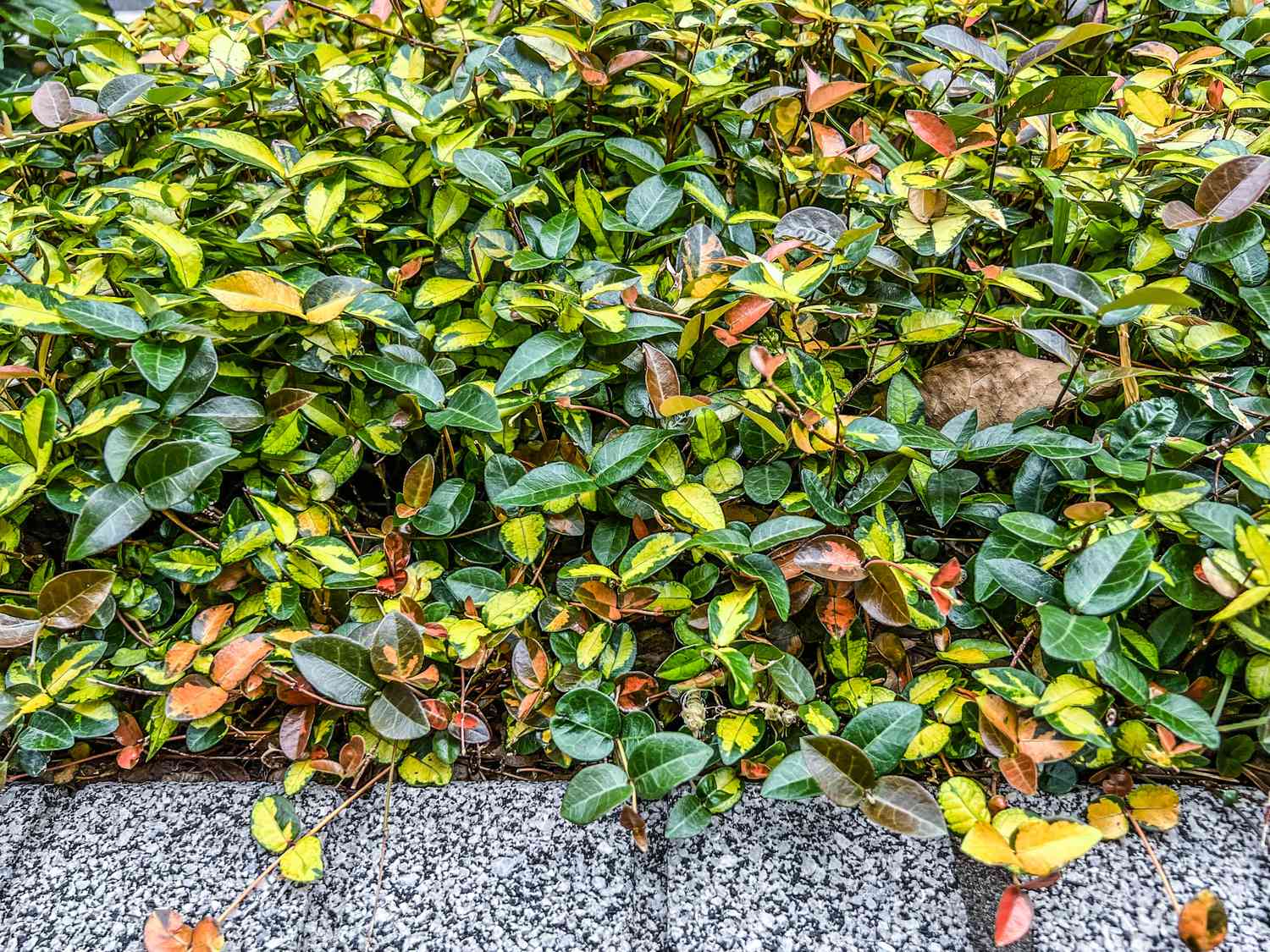
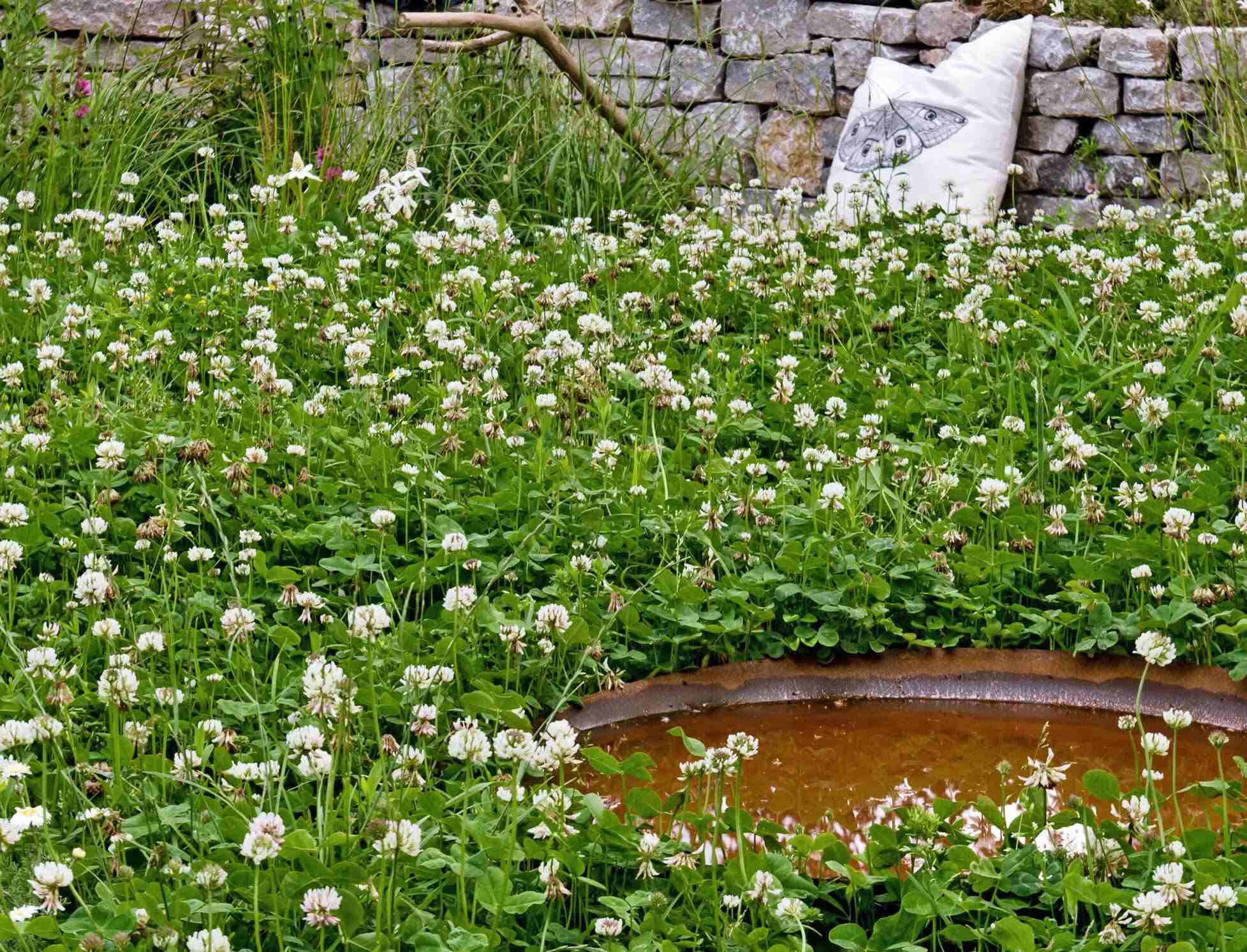
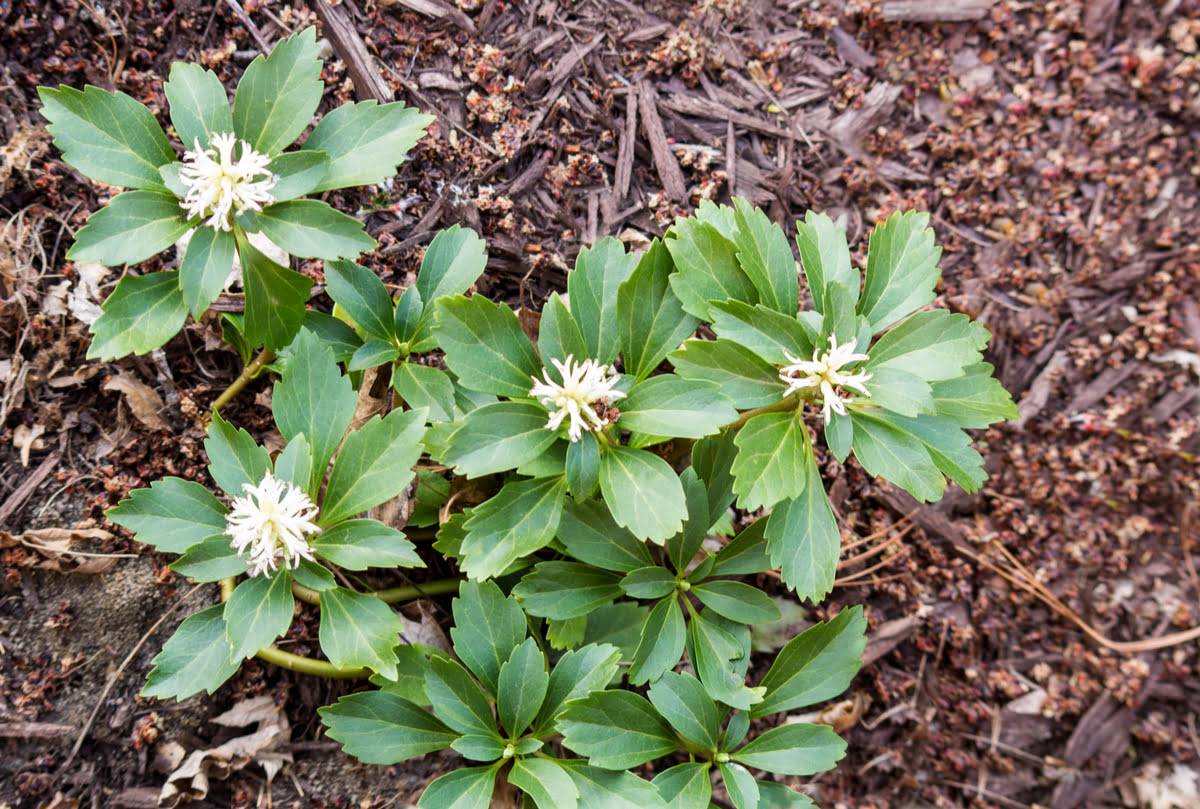
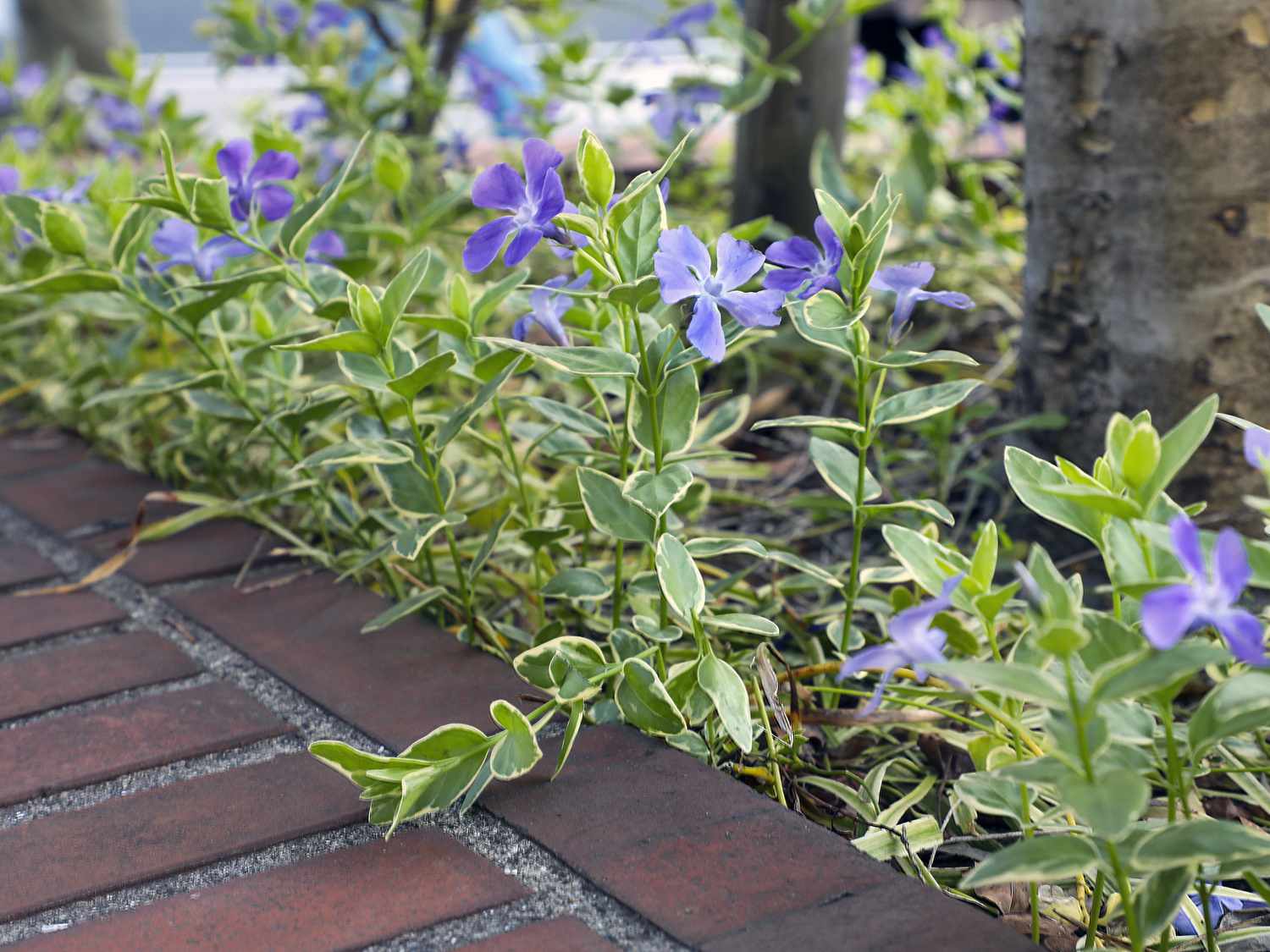

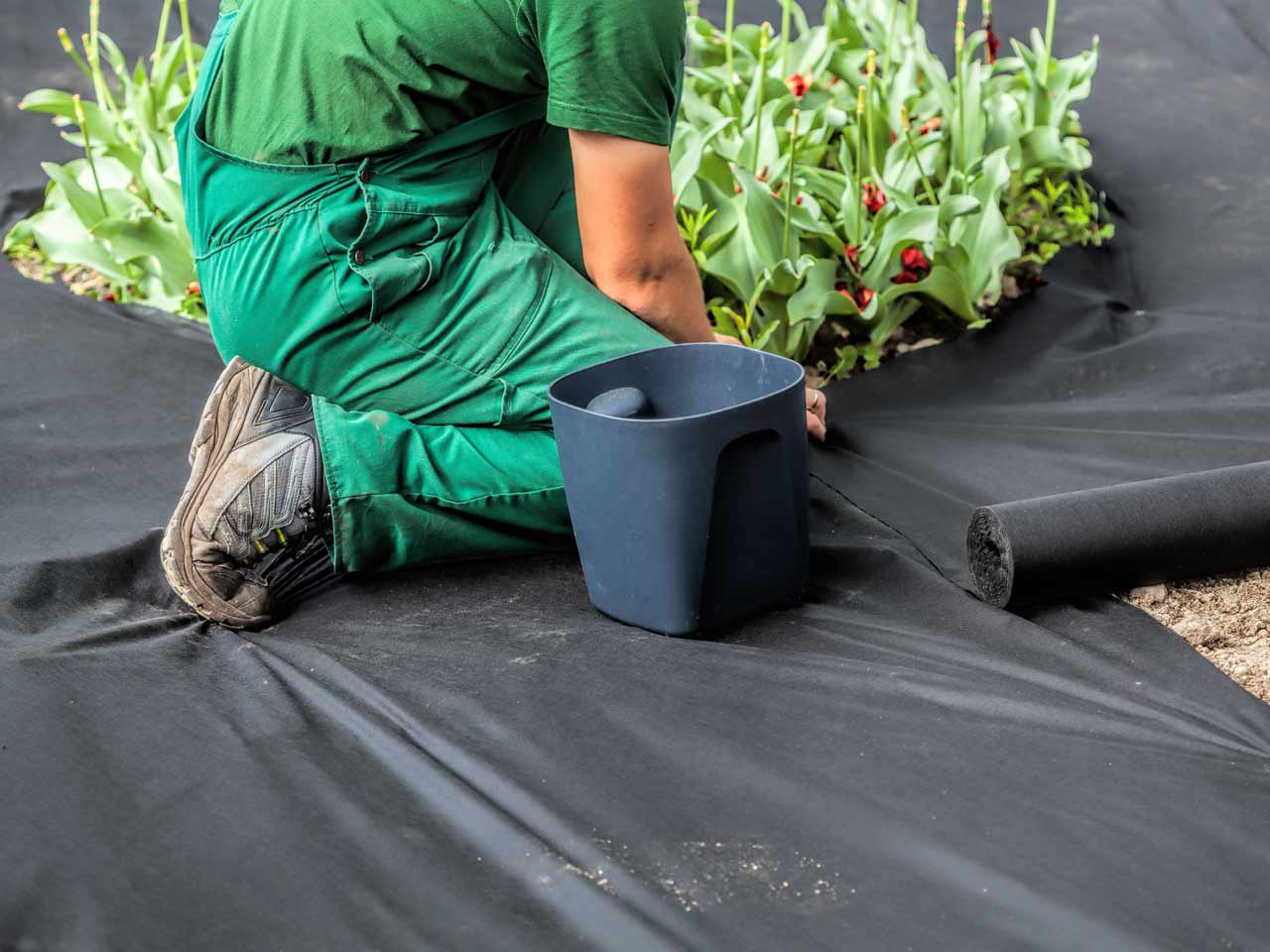
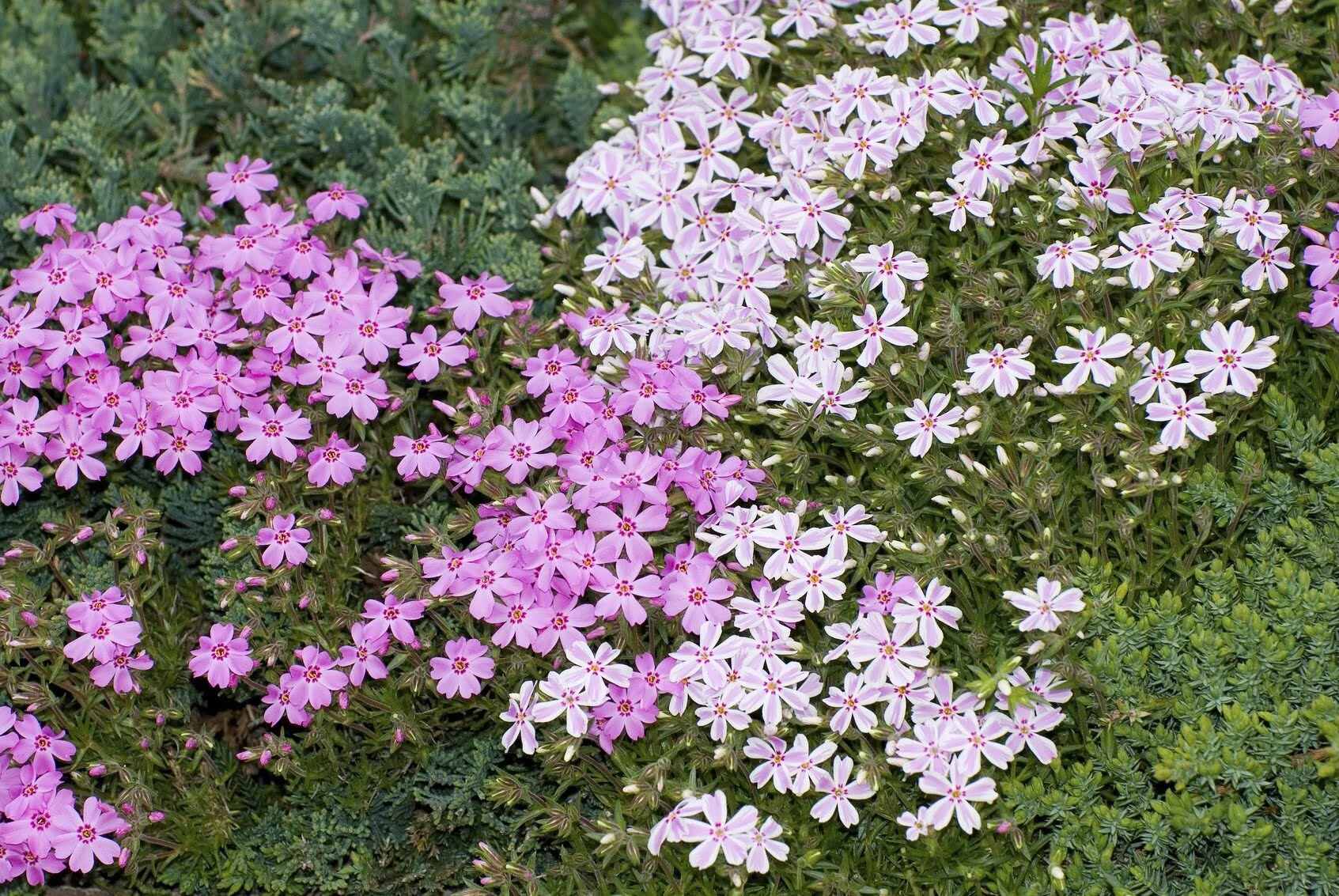

0 thoughts on “What Is The Best Drought Tolerant Ground Cover”